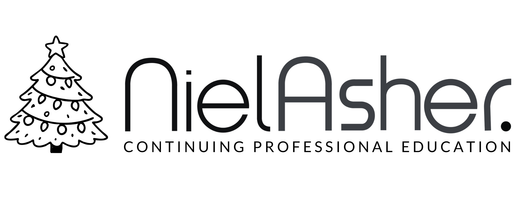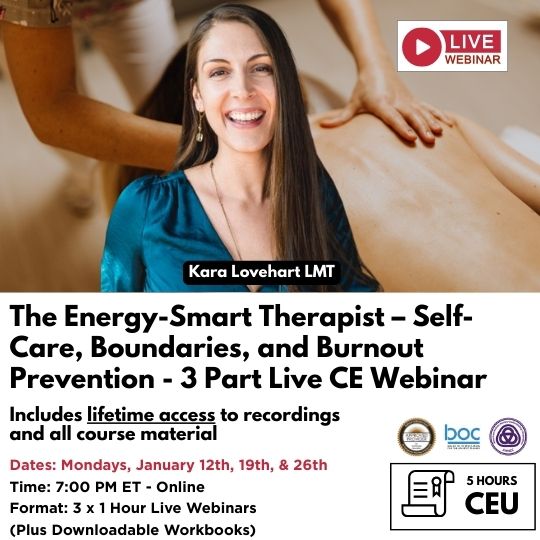Achilles Tendinopathy and the Role of Massage Therapy
Achilles tendinopathy is a condition that affects the Achilles tendon, which connects the calf muscles to the heel bone. This tendon is crucial for activities that involve walking, running, and jumping. Achilles tendinopathy is characterized by pain, stiffness, and sometimes swelling in the back of the ankle, resulting from overuse or degeneration of the tendon rather than acute inflammation. This condition is common among athletes, particularly runners, but can also affect anyone who places repetitive strain on their Achilles tendon.
Achilles tendinopathy develops gradually, often due to repetitive stress on the tendon. This repetitive strain causes microtears in the tendon fibers, leading to pain and stiffness. Several factors contribute to the onset of Achilles tendinopathy, including overuse from increased physical activity, improper footwear, poor foot biomechanics such as flat feet or high arches, and tight calf muscles. Age also plays a role, as tendons lose elasticity over time, making them more susceptible to injury (Khan et al., 2002).
Symptoms of Achilles tendinopathy typically begin with mild pain and stiffness along the tendon, usually in the morning or after periods of rest, which may ease with mild activity. However, as the condition progresses, the pain can become more persistent and intense, particularly during and after exercise. Swelling and thickening of the tendon may also occur, along with creaking or crackling sensations when the ankle is moved.
Treating Achilles tendinopathy focuses on reducing pain, improving tendon strength, and restoring function. Rest and activity modification are crucial, especially in the initial stages. This means avoiding activities that exacerbate the pain, such as running or jumping, and opting for low-impact exercises like swimming or cycling. Ice therapy can help reduce pain and swelling, while nonsteroidal anti-inflammatory drugs (NSAIDs) may provide short-term relief, although they do not address the underlying tendon degeneration (Rees, Maffulli, & Cook, 2009).
Massage and soft tissue therapy are integral components of the rehabilitation process for Achilles tendinopathy. These therapies aim to improve blood flow, reduce muscle tension, and promote the healing of the tendon. Deep tissue massage focuses on the calf muscles and the Achilles tendon, helping to break down adhesions and scar tissue that can develop from repetitive strain. Myofascial release techniques can also be beneficial by targeting the fascia surrounding the tendon, reducing tightness and improving flexibility (Vulpiani et al., 2007). Additionally, cross-fiber friction massage is often used directly on the tendon to promote collagen realignment and aid in the healing process (De Vos et al., 2010).
Soft tissue therapies like massage work well alongside other treatment modalities such as eccentric strengthening exercises, which are considered the gold standard for Achilles tendinopathy. Eccentric exercises involve lengthening the muscle while it is under tension, such as slowly lowering the heel off a step, which helps stimulate tendon remodeling and increase tensile strength (Mafi et al., 2001). When combined with massage therapy, these exercises can significantly reduce pain and improve tendon function.
Physical therapy is another cornerstone of treatment, providing a tailored program that combines manual therapy, stretching, and strengthening exercises to address the specific needs of the patient. A physical therapist can also identify and correct any biomechanical issues that may contribute to the condition, such as improper gait or muscle imbalances, which can help prevent future occurrences (Cook & Purdam, 2009).
For cases that do not respond to conservative treatment, additional interventions may be considered. Extracorporeal shockwave therapy (ESWT) is a non-invasive option that uses acoustic waves to stimulate healing in chronic tendinopathy (Rompe et al., 2007). Platelet-rich plasma (PRP) injections, where concentrated platelets from the patient's blood are injected into the damaged area, are also used to promote tissue repair, although more research is needed to confirm their efficacy (Kearney et al., 2015). Surgery is generally a last resort and is only considered when all other treatments have failed, involving the removal of damaged tissue or repair of the tendon.
Preventing Achilles tendinopathy involves addressing risk factors through proper footwear, regular stretching and strengthening exercises, and gradually increasing activity levels to avoid sudden increases in stress on the tendon. Massage therapy can also be a valuable preventative tool, keeping the muscles and tendons supple, reducing tension, and promoting circulation, which helps maintain overall tendon health.
In conclusion, Achilles tendinopathy is a common and challenging condition that requires a multifaceted approach to treatment. Combining rest, eccentric exercises, massage therapy, and physical therapy offers a comprehensive strategy to manage symptoms and promote recovery. Understanding the role of each treatment, particularly massage and soft tissue therapy, can help individuals effectively manage their condition and reduce the risk of recurrence.
References
- Cook, J. L., & Purdam, C. R. (2009). Is tendon pathology a continuum? A pathology model to explain the clinical presentation of load-induced tendinopathy. British Journal of Sports Medicine, 43(6), 409-416.
- De Vos, R. J., Weir, A., van Schie, H. T., Bierma-Zeinstra, S. M., Verhaar, J. A., & Tol, J. L. (2010). Platelet-rich plasma injection for chronic Achilles tendinopathy: a randomized controlled trial. JAMA, 303(2), 144-149.
- Khan, K. M., Cook, J. L., Kannus, P., Maffulli, N., & Bonar, S. F. (2002). Time to abandon the "tendinitis" myth: Painful, overuse tendon conditions have a non-inflammatory pathology. BMJ, 324(7338), 626-627.
- Kearney, R. S., Parsons, N., Metcalfe, D., & Costa, M. L. (2015). Injection therapies for Achilles tendinopathy. The Cochrane Database of Systematic Reviews, 5, CD010960.
- Mafi, N., Lorentzon, R., & Alfredson, H. (2001). Superior short-term results with eccentric calf muscle training compared to concentric training in a randomized prospective multicenter study on patients with chronic Achilles tendinosis. The Knee Surgery, Sports Traumatology, Arthroscopy Journal, 9(1), 42-47.
- Rees, J. D., Maffulli, N., & Cook, J. (2009). Management of tendinopathy. The American Journal of Sports Medicine, 37(9), 1855-1867.
- Rompe, J. D., Furia, J., & Maffulli, N. (2007). Eccentric loading versus eccentric loading plus shock-wave treatment for midportion Achilles tendinopathy: A randomized controlled trial. The American Journal of Sports Medicine, 35(3), 374-383.
- Vulpiani, M. C., Guzzini, M., Vetrano, M., Ravazzolo, N., & Saraceni, V. M. (2007). Conservative treatment of chronic Achilles tendinopathy with Shock Wave Therapy. Journal of Sports Science & Medicine, 6(4), 463-468.
About Niel Asher Education
Niel Asher Education (NAT Global Campus) is a globally recognised provider of high-quality professional learning for hands-on health and movement practitioners. Through an extensive catalogue of expert-led online courses, NAT delivers continuing education for massage therapists, supporting both newly qualified and highly experienced professionals with practical, clinically relevant training designed for real-world practice.
Beyond massage therapy, Niel Asher Education offers comprehensive continuing education for physical therapists, continuing education for athletic trainers, continuing education for chiropractors, and continuing education for rehabilitation professionals working across a wide range of clinical, sports, and wellness environments. Courses span manual therapy, movement, rehabilitation, pain management, integrative therapies, and practitioner self-care, with content presented by respected educators and clinicians from around the world.
Known for its high production values and practitioner-focused approach, Niel Asher Education emphasises clarity, practical application, and professional integrity. Its online learning model allows practitioners to study at their own pace while earning recognised certificates and maintaining ongoing professional development requirements, making continuing education accessible regardless of location or schedule.
Through partnerships with leading educational platforms and organisations worldwide, Niel Asher Education continues to expand access to trusted, high-quality continuing education for massage therapists, continuing education for physical therapists, continuing education for athletic trainers, continuing education for chiropractors, and continuing education for rehabilitation professionals, supporting lifelong learning and professional excellence across the global therapy community.

Continuing Professional Education
Looking for Massage Therapy CEUs, PT and ATC continuing education, chiropractic CE, or advanced manual therapy training? Explore our evidence-based online courses designed for hands-on professionals.


















